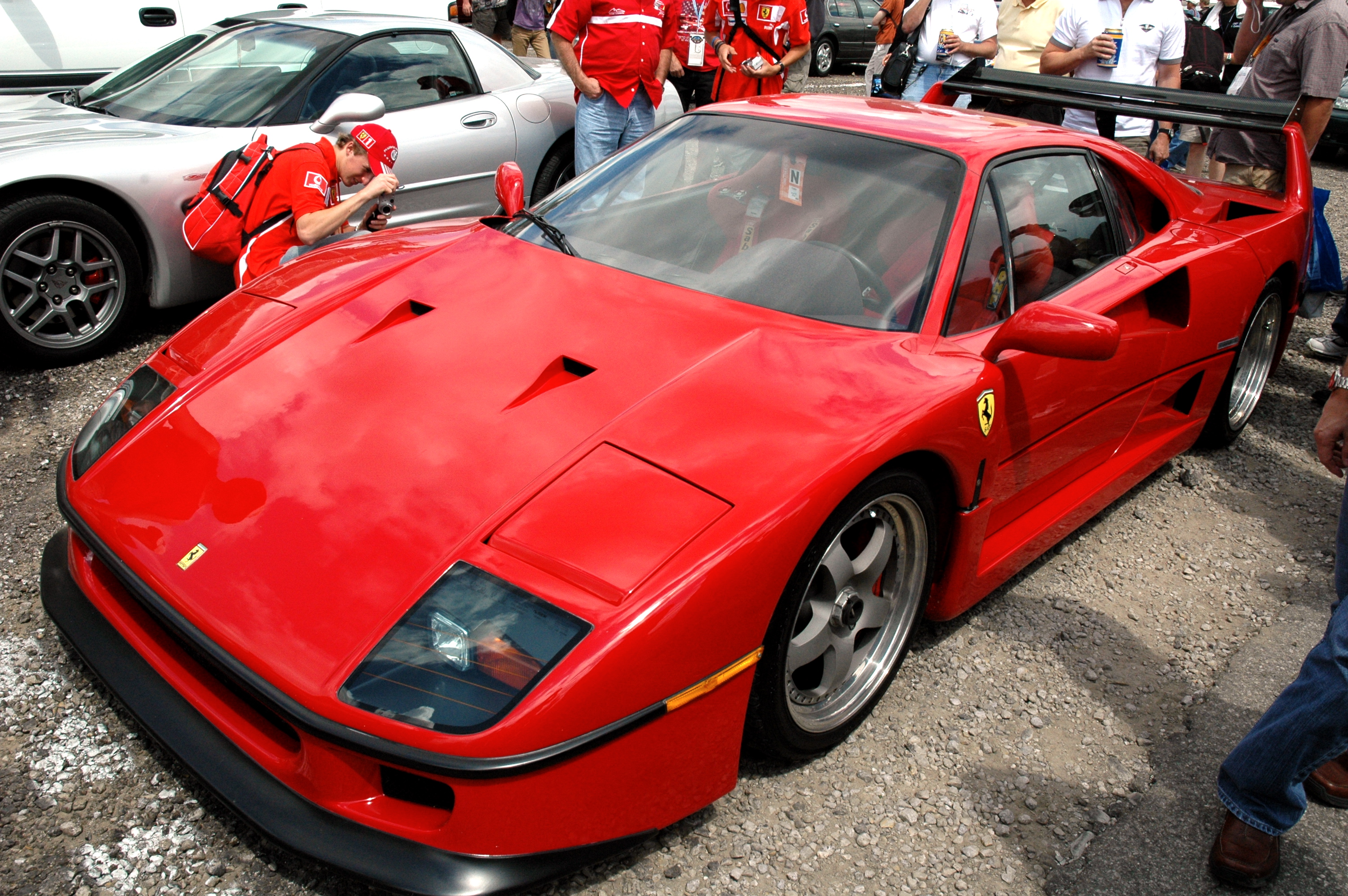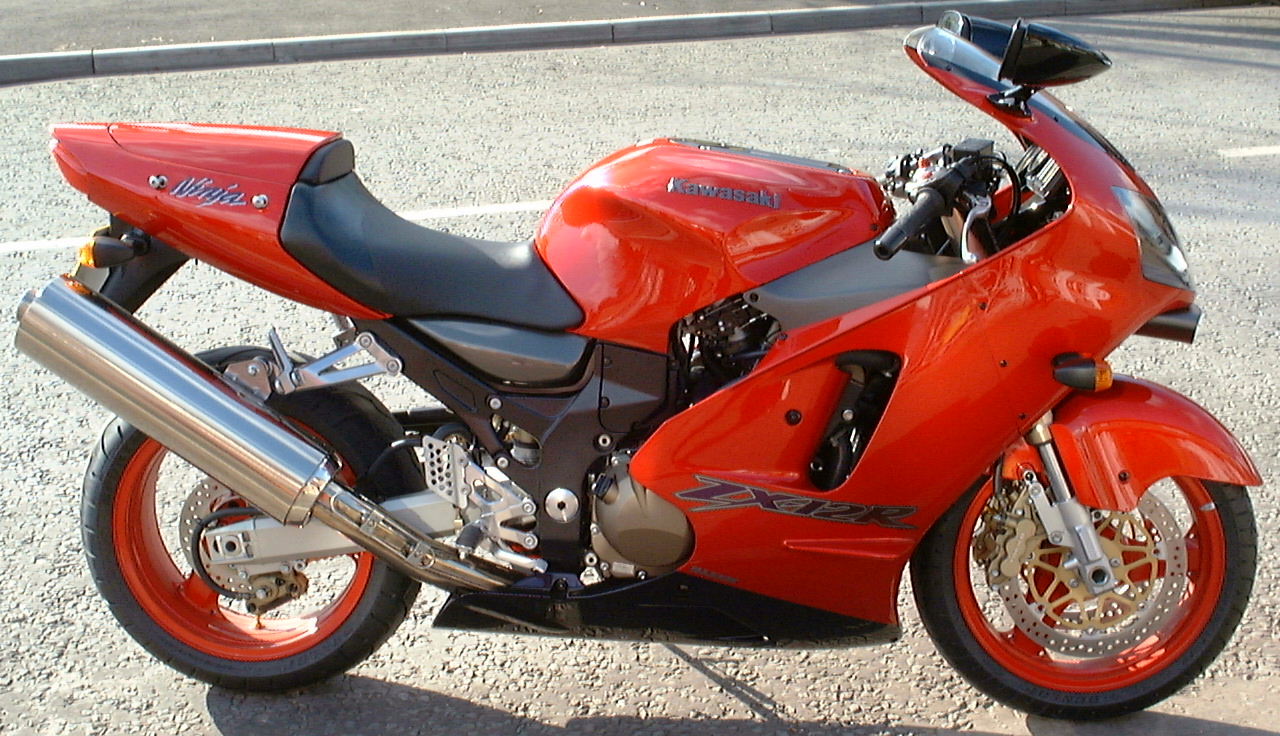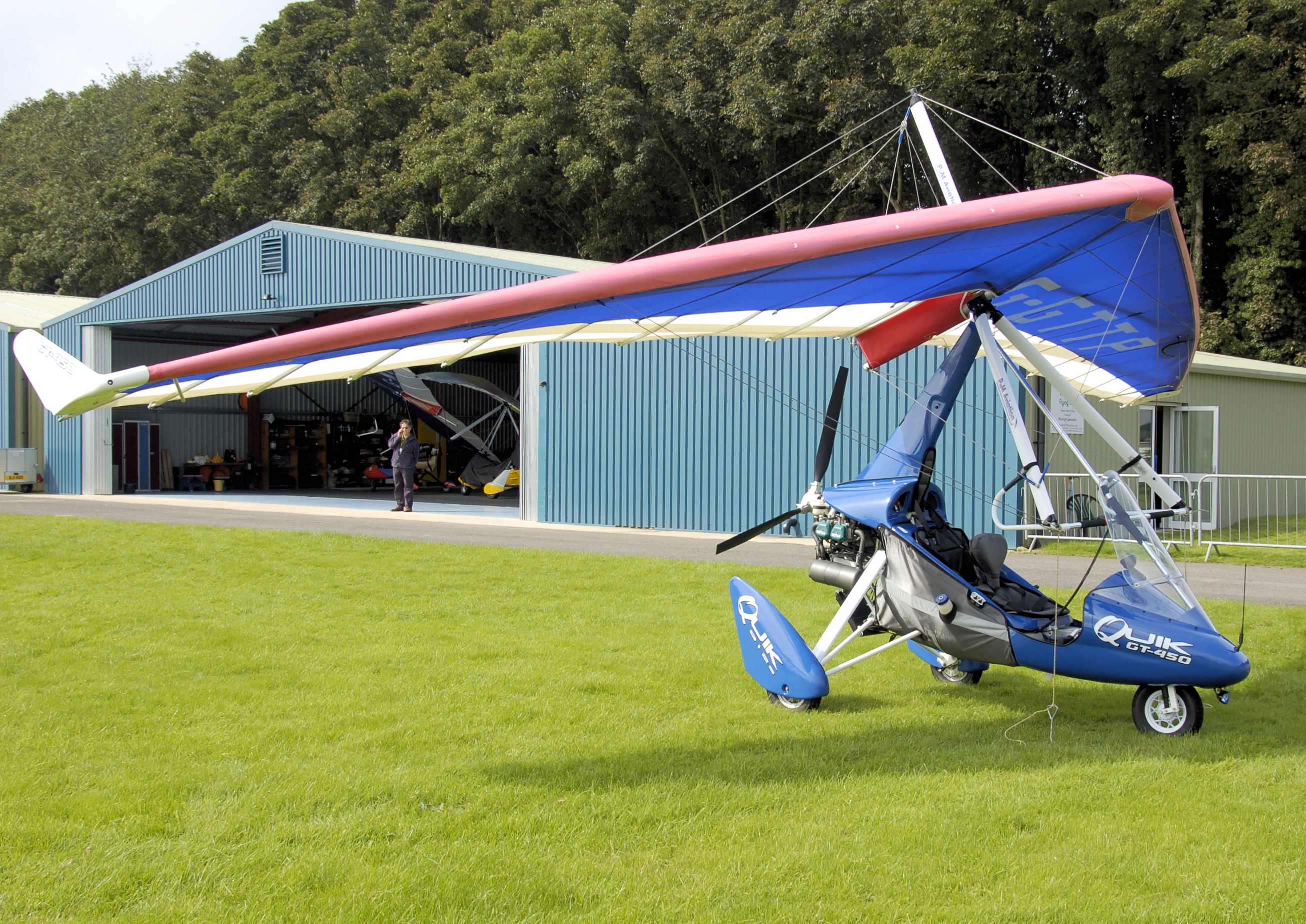|
Engine Cowling
A cowling is the removable covering of a vehicle's engine, most often found on automobiles, motorcycles, airplanes, and on outboard boat motors. On airplanes, cowlings are used to reduce drag and to cool the engine. On boats, cowlings are a cover for an outboard motor. In addition to protecting the engine, outboard motor cowlings need to admit air while keeping water out of the air intake. Etymology "Cowling" comes from "cowl", which originated from Middle English coule, from Old English cūle, from earlier cugele (“hood, cowl”). This, in turn, came from Ecclesiastical Latin cuculla (“monk's cowl”), from Latin cucullus (“hood”), of uncertain origin. In aviation In aviation, a cowling may be used for drag reduction or engine cooling by directing airflow. Examples in aviation include the NACA cowling and Townend ring. On an airplane, the cowling may also cover part of the fuselage, the nacelles, the engine mount and part of the cockpit.Aviation Machinist's Mates' Manua ... [...More Info...] [...Related Items...] OR: [Wikipedia] [Google] [Baidu] |
Curtiss AT-5a NACA Cowling - GPN-2000-001724
Curtiss Aeroplane and Motor Company (1909 – 1929) was an American aircraft manufacturer originally founded by Glenn Hammond Curtiss and Augustus Moore Herring in Hammondsport, New York. After significant commercial success in its first decades, it merged with the Wright Aeronautical to form Curtiss-Wright Corporation. History Origin In 1907, Glenn Curtiss was recruited by the scientist Dr. Alexander Graham Bell as a founding member of Bell's Aerial Experiment Association (AEA), with the intent of establishing an aeronautical research and development organization. According to Bell, it was a "co-operative scientific association, not for gain but for the love of the art and doing what we can to help one another."Milberry 1979, p 13. In 1909, shortly before the AEA was disbanded, Curtiss partnered with Augustus Moore Herring to form the Herring-Curtiss Company.Gunston 1993, p. 87. It was renamed the Curtiss Aeroplane Company in 1910 and reorganized in 1912 after being taken-o ... [...More Info...] [...Related Items...] OR: [Wikipedia] [Google] [Baidu] |
Theodore Theodorsen
Theodore Theodorsen (January 8, 1897 – November 5, 1978) was a Norwegian-American theoretical aerodynamicist noted for his work at NACA (the forerunner of NASA) and for his contributions to the study of turbulence. Early years Theodorsen was born at Sandefjord in Vestfold, Norway to parents Ole Christian Theodorsen, a chief engineer in the Norwegian merchant marine, and his wife Andrea Larsen. He was the oldest of six children. When Theodore’s father took the examinations for a merchant marine engineer's license, he was the only applicant who correctly answered a particularly difficult question. To his father’s surprise his then 12-year-old son was also able to solve the problem. At age 16, after finishing compulsory schooling, Theodorsen attended gymnasium in the nearby town of Larvik. Theodorsen's grades were so outstanding that he was admitted to the leading engineering university in Norway, the Norwegian Institute of Technology in Trondheim. Emigr ... [...More Info...] [...Related Items...] OR: [Wikipedia] [Google] [Baidu] |
Wind Lens
The wind lens is a modification on the wind turbine created by Professor Ohya from the Kyushu University as an attempt to be more efficient in production of electricity and less invasive to both humans and nature. While still in progress, the wind lens has a few changes in design which have led to impacts on how wind energy can be used and harnessed while changing how it impacts the world around us. A wind lens works like a ducted fan on an aircraft - it encircles the wind turbine, and speeds air up while protecting the blades from foreign object damage. Because of this, wind turbine efficiency can be drastically increased because of a simple installation of a wind lens. Design As the normal wind turbine does, the wind lens harnesses the energy of the wind but has a few modifications in order to increase efficiency as well as the impact on the environment. Efficiency of power production Studies have shown that the Wind Lens can have between two and five times more output of p ... [...More Info...] [...Related Items...] OR: [Wikipedia] [Google] [Baidu] |
Nacelle
A nacelle ( ) is a "streamlined body, sized according to what it contains", such as an engine, fuel, or equipment on an aircraft. When attached by a pylon entirely outside the airframe, it is sometimes called a pod, in which case it is attached with a pylon or strut and the engine is known as a podded engine. In some cases—for instance in the typical "Farman" type "pusher" aircraft, or the World War II-era P-38 Lightning—an aircraft cockpit may also be housed in a nacelle, rather than in a conventional fuselage. Etymology Like many aviation terms, the word comes from French, in this case from a word for a small boat. Development The development of the Arado Ar 234, merging the four nacelles into two The Arado Ar 234 was one of the first operational jet aircraft with engines mounted in nacelles. During its development, the four jet engines were merged from having four distinct nacelles, all of which contained their own landing gear wheel, to two nacelles with two engi ... [...More Info...] [...Related Items...] OR: [Wikipedia] [Google] [Baidu] |
Hood Scoop
A hood scoop (North American English) or bonnet scoop (Commonwealth English), sometimes called bonnet airdam and air dam, is an upraised component on the hood of a motor vehicle that either allows a flow of air to directly enter the engine compartment, or appears to do so. It has only one opening and is closed on all other sides. Its main function is to allow a direct flow of air to the engine, hence the need for it to be upraised so as to effectively channel air to the engine compartment. It may be closed, and thus purely decorative, or serve to enhance performance in several possible ways. Hood scoop functions Cool air In most modern vehicles, internal combustion engines "breathe" under-hood air or air ducted from under the front bumper through plastic and rubber tubing. The high operating temperatures in the engine compartment result in intake air that is 28°C (82°F) or warmer than the ambient temperature, and, consequently, less dense. A hood scoop can provide the engine ... [...More Info...] [...Related Items...] OR: [Wikipedia] [Google] [Baidu] |
Motorcycle Fairing
A motorcycle fairing is a shell placed over the frame of a motorcycle, especially racing motorcycles and sport bikes, to deflect wind and reduce air drag. The secondary functions are the protection of the rider from airborne hazards and wind-induced hypothermia and of the engine components in the case of an accident. A motorcycle windshield will usually be integrated into the design of the fairing.Tony Foale, ''Motorcycle Handling and Chassis Design'', , Chapter 5: "Aerodynamics" The major benefit of a fairing on sport touring and touring motorcycles is a reduction in aerodynamic drag, which allows for reduced fuel consumption and permits higher speeds at lower engine rpm, which in turn increases engine life. A motorcycle may have a front fairing, a rear fairing, a belly fairing, or any combination of these. Alternatively, a single fairing may partially or fully enclose the entire motorcycle, and may even enclose the rider. History The importance of streamlining was known ver ... [...More Info...] [...Related Items...] OR: [Wikipedia] [Google] [Baidu] |
Aircraft Fairing
An aircraft fairing is a structure whose primary function is to produce a smooth outline and reduce drag.Crane, Dale: ''Dictionary of Aeronautical Terms, Third Edition'', page 206. Aviation Supplies & Academics Inc, Newcastle Washington, 1997. These structures are covers for gaps and spaces between parts of an aircraft to reduce form drag and interference drag, and to improve appearance.Bingelis, Tony: ''The Sportplane Builder'', pages 261-265. Experimental Aircraft Association Aviation Foundation, 1979. Types On aircraft, fairings are commonly found on: ; Belly fairing : Also called a "ventral fairing", it is located on the underside of the fuselage between the main wings. It can also cover additional cargo storage or fuel tanks. ; Cockpit fairing : Also called a "cockpit pod", it protects the crew on ultralight trikes. Commonly made from fiberglass, it may also incorporate a windshield.Cliche, Andre: ''Ultralight Aircraft Shopper's Guide'' 8th Edition, page C-17. Cybair ... [...More Info...] [...Related Items...] OR: [Wikipedia] [Google] [Baidu] |
Porsche Carrera GT Cowling
Dr. Ing. h.c. F. Porsche AG, usually shortened to Porsche (; see below), is a German automobile manufacturer specializing in high-performance sports cars, SUVs and sedans, headquartered in Stuttgart, Baden-Württemberg, Germany. The company is owned by Volkswagen AG, a controlling stake of which is owned by Porsche Automobil Holding SE. Porsche's current lineup includes the 718 Boxster/Cayman, 911 (992), Panamera, Macan, Cayenne and Taycan. History Origin Ferdinand Porsche (1875–1951) founded the company called "Dr. Ing. h. c. F. Porsche GmbH" with Adolf Rosenberger and Anton Piëch in 1931. The main offices was at Kronenstraße 24 in the centre of Stuttgart. Initially, the company offered motor vehicle development work and consulting, but did not build any cars under its own name. One of the first assignments the new company received was from the German government to design a car for the people; that is, a ''Volkswagen''. This resulted in the Volkswagen Beetle, one of ... [...More Info...] [...Related Items...] OR: [Wikipedia] [Google] [Baidu] |
Cylinder Heads
In an internal combustion engine, the cylinder head (often abbreviated to simply "head") sits above the cylinders and forms the roof of the combustion chamber. In sidevalve engines, the head is a simple sheet of metal; whereas in more modern overhead valve and overhead camshaft engines, the cylinder head is a more complicated block often containing inlet and exhaust passages, coolant passages, valves, camshafts, spark plugs and fuel injectors. Most straight engines have a single cylinder head shared by all of the cylinders and most V engines have two cylinder heads (one per bank of cylinders). Design A summary of engine designs is shown below, in chronological order for automobile usage. Sidevalve engines In a flathead (''sidevalve'') engine, all of the valvetrain components are contained within the block, therefore the head is usually a simple sheet of metal bolted to the top of the engine block. Sidevalve engines were once universal in automobiles but are now large ... [...More Info...] [...Related Items...] OR: [Wikipedia] [Google] [Baidu] |
Engine
An engine or motor is a machine designed to convert one or more forms of energy into mechanical energy. Available energy sources include potential energy (e.g. energy of the Earth's gravitational field as exploited in hydroelectric power generation), heat energy (e.g. geothermal), chemical energy, electric potential and nuclear energy (from nuclear fission or nuclear fusion). Many of these processes generate heat as an intermediate energy form, so heat engines have special importance. Some natural processes, such as atmospheric convection cells convert environmental heat into motion (e.g. in the form of rising air currents). Mechanical energy is of particular importance in transportation, but also plays a role in many industrial processes such as cutting, grinding, crushing, and mixing. Mechanical heat engines convert heat into work via various thermodynamic processes. The internal combustion engine is perhaps the most common example of a mechanical heat engine, in which he ... [...More Info...] [...Related Items...] OR: [Wikipedia] [Google] [Baidu] |
Cylinder (engine)
In a reciprocating engine, the cylinder is the space in which a piston travels. The inner surface of the cylinder is formed from either a thin metallic liner (also called "sleeve") or a surface coating applied to the engine block. A piston is seated inside each cylinder by several metal piston rings, which also provide seals for compression and the lubricating oil. The piston rings do not actually touch the cylinder walls, instead they ride on a thin layer of lubricating oil. Steam engines The cylinder in a steam engine is made pressure-tight with end covers and a piston; a valve distributes the steam to the ends of the cylinder. Cylinders were cast in cast iron and later in steel. The cylinder casting can include other features such as valve ports and mounting feet. Internal combustion engines The cylinder is the space through which the piston travels, propelled to the energy generated from the combustion of the air/fuel mixture in the combustion chamber. In an ... [...More Info...] [...Related Items...] OR: [Wikipedia] [Google] [Baidu] |
Aircraft Fairing
An aircraft fairing is a structure whose primary function is to produce a smooth outline and reduce drag.Crane, Dale: ''Dictionary of Aeronautical Terms, Third Edition'', page 206. Aviation Supplies & Academics Inc, Newcastle Washington, 1997. These structures are covers for gaps and spaces between parts of an aircraft to reduce form drag and interference drag, and to improve appearance.Bingelis, Tony: ''The Sportplane Builder'', pages 261-265. Experimental Aircraft Association Aviation Foundation, 1979. Types On aircraft, fairings are commonly found on: ; Belly fairing : Also called a "ventral fairing", it is located on the underside of the fuselage between the main wings. It can also cover additional cargo storage or fuel tanks. ; Cockpit fairing : Also called a "cockpit pod", it protects the crew on ultralight trikes. Commonly made from fiberglass, it may also incorporate a windshield.Cliche, Andre: ''Ultralight Aircraft Shopper's Guide'' 8th Edition, page C-17. Cybair ... [...More Info...] [...Related Items...] OR: [Wikipedia] [Google] [Baidu] |







.png)
